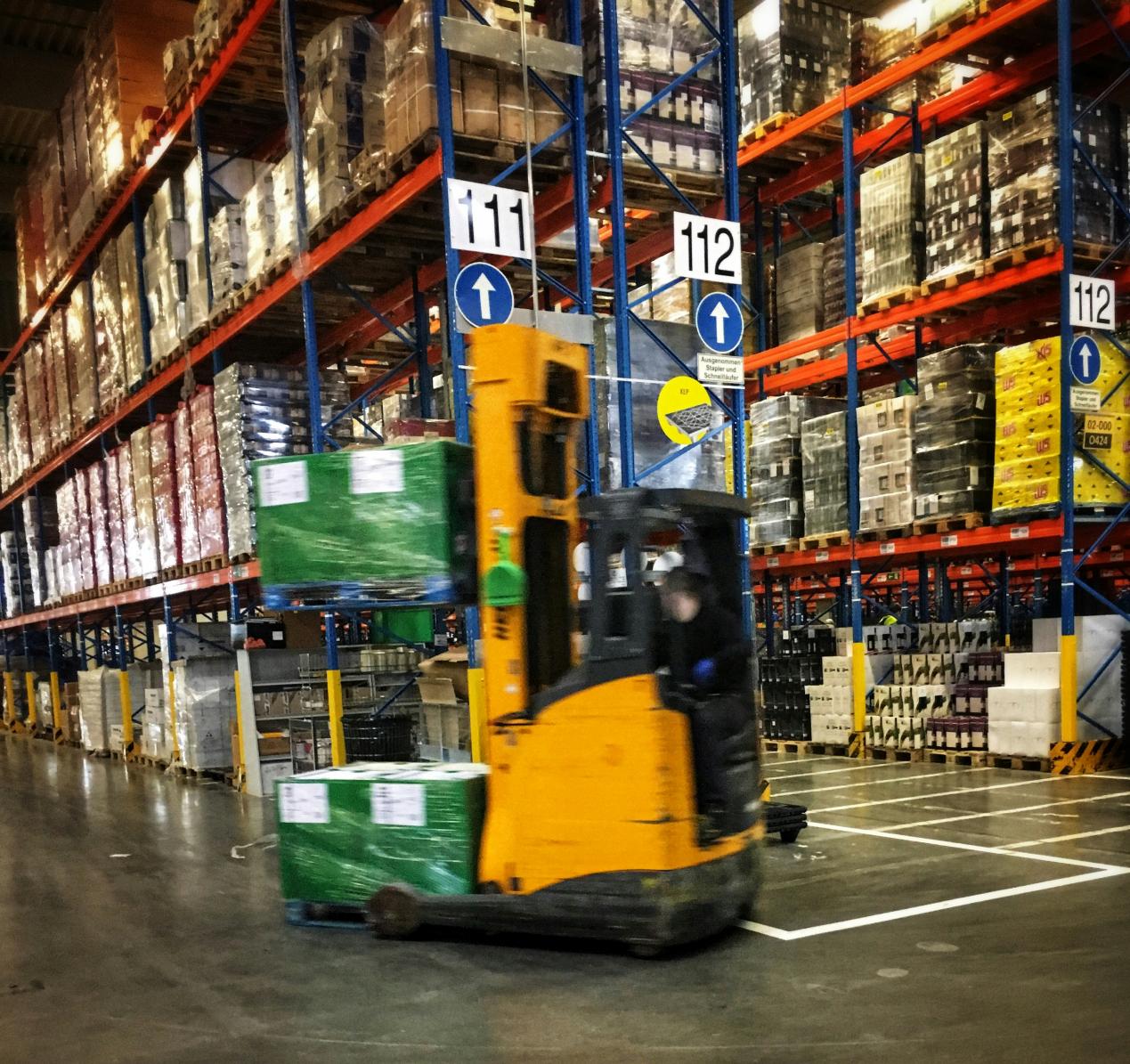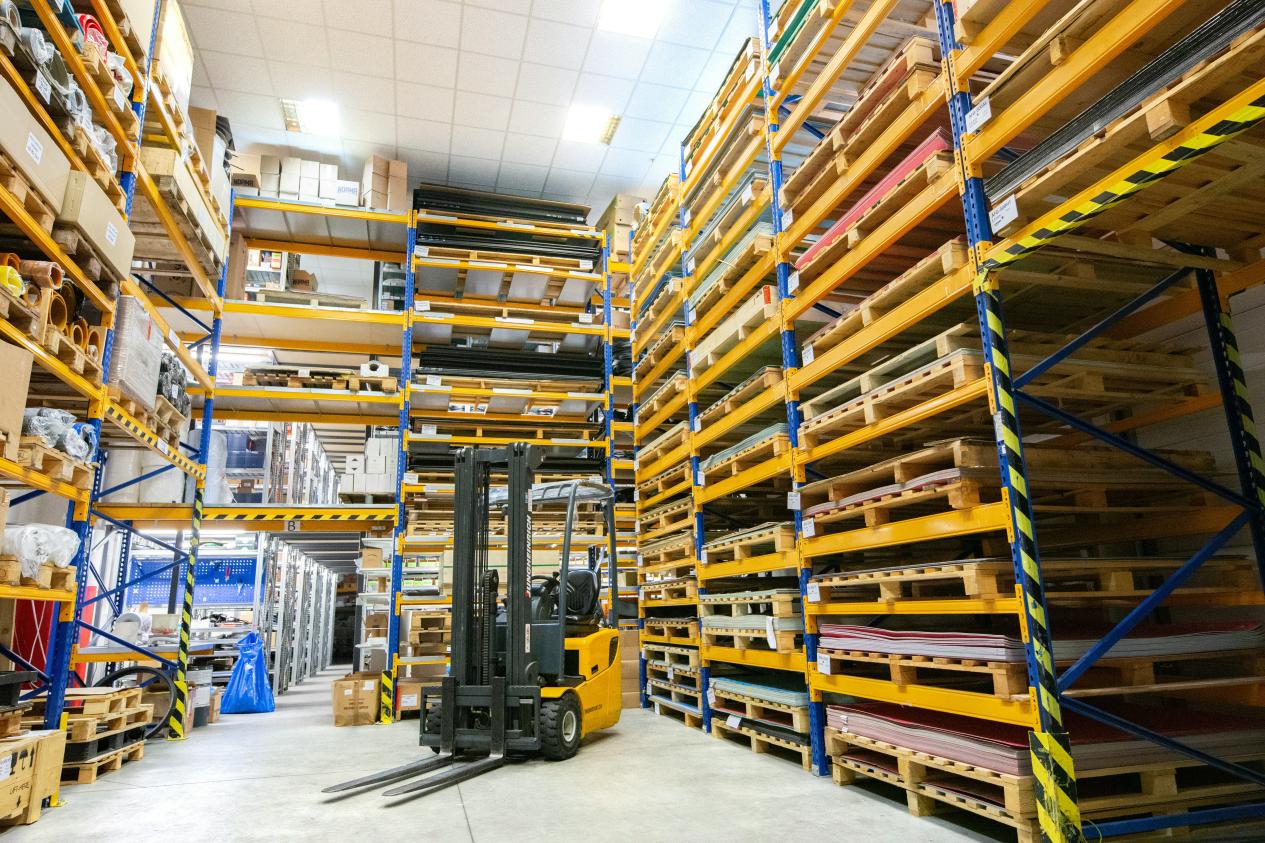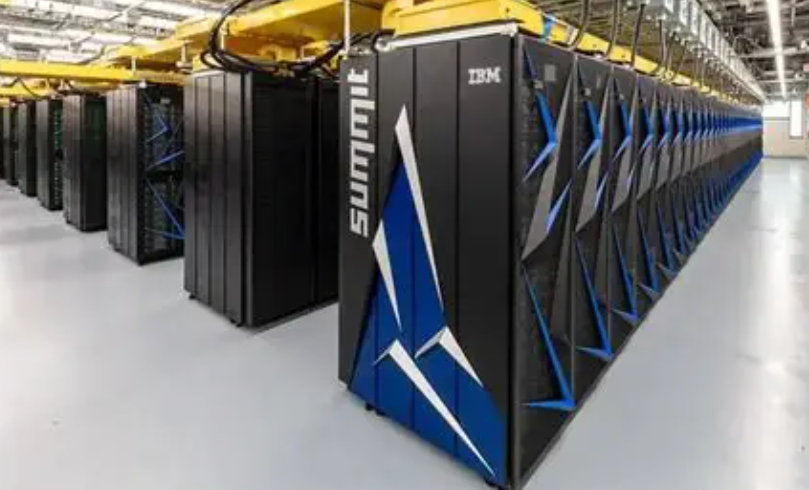In the tide of the logistics industry, the glimmer of smart warehousing gradually converges into a brilliant galaxy, shining with the light of the blend of technology and efficiency. It is like a mysterious garden in the logistics distribution system, hidden behind the scenes, but with its unique charm and powerful energy, it quietly changes the rhythm and trajectory of the flow of goods, and becomes a powerful booster for the development of the industry.

When you first enter this world, it feels like stepping into a maze full of futuristic sense. The three-dimensional shelves are as tall as a forest, and each layer is loaded with a huge amount of goods, arranged in an orderly manner like skyscrapers in the city. Automated guided vehicles (AGVs) shuttle between the lanes. They are precise and agile "porters", guided by intelligent algorithms, avoiding numerous obstacles, and accurately delivering goods in complex terrain. Every time they run, it seems to be silently telling the magic and power of technology, and the heavy objects that originally required manual labor to be moved can be easily transferred.
Digging deeper, the smart brain of smart warehousing-warehouse management system (WMS) is crucial. It is like a wise conductor, controlling the rhythm and pulse of the entire warehouse. From the moment the goods enter the warehouse, WMS begins to plan the storage location of the goods, and places them in the most suitable place according to the properties, turnover rate and other factors of the goods, like organizing a huge library, ensuring that every piece of goods can be found quickly when needed. At the same time, it can also monitor the inventory quantity in real time. When the goods are close to the lower limit of inventory, it will immediately issue an early warning and accurately calculate the time for replenishment to avoid losses caused by out-of-stock. It is like a skilled dancer, dancing a graceful dance between the increase and decrease of goods and the use of space, so that the storage space can be maximized.

The charm of smart warehousing is also reflected in its significant improvement in logistics efficiency. If logistics is compared to a relay race, smart warehousing undoubtedly bears the key baton handover link. It greatly shortens the stay time of goods in the warehouse through the perfect combination of automation equipment and information systems. The sorting, handling, loading and unloading of goods in the warehouse can be completed in a very short time, which is astonishingly fast compared with the traditional warehousing model. This not only speeds up the circulation of goods, but also reduces the waiting time for customers, wins a good reputation and more market opportunities for logistics companies, and makes them stand out in the fierce market competition.
However, the development of intelligent warehousing is not smooth sailing. With the rapid technological updates, it requires continuous investment of a large amount of funds for equipment updates and system upgrades, which is a heavy burden for many logistics companies. At the same time, the construction and maintenance of intelligent warehousing systems require professional technical talents, but at present such talents are relatively scarce. How to cultivate and attract more professional talents to participate in it has become one of the key issues restricting the further development of intelligent warehousing.

But even so, the potential and value of intelligent warehousing in the field of logistics and distribution technology make it an important force that cannot be ignored. It is like a new star that has just begun to shine. Although there are many challenges, the future development prospects are unlimited. With the continuous advancement of technology and the continuous maturity of the market, I believe that intelligent warehousing will gradually overcome difficulties and shine more brightly, bringing more surprises and changes to the logistics industry, and leading logistics and distribution technology to a new journey.



